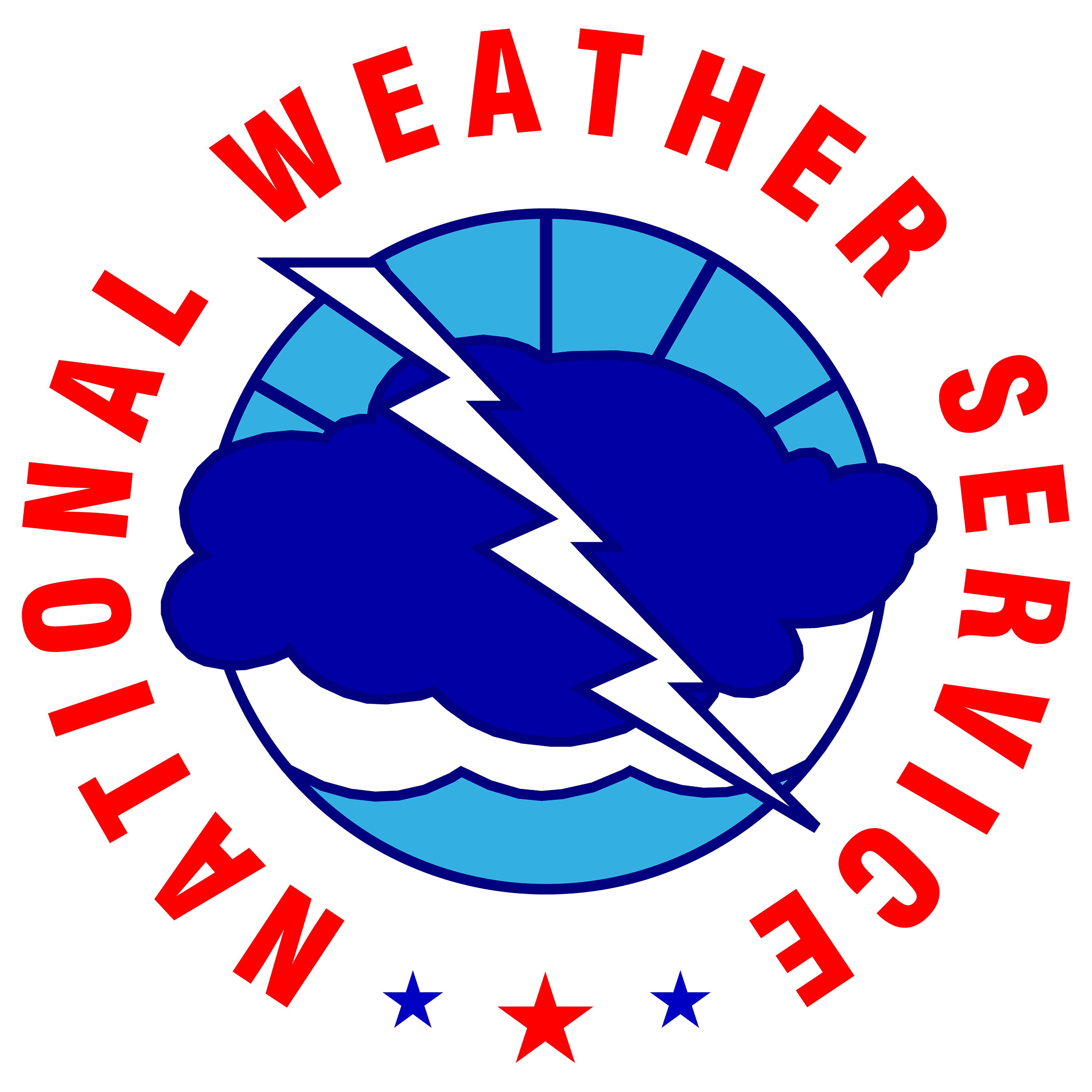Little Libraries
Neighborhood boxes bring books & cheer during time of pandemic
SAN DIEGO — There are three kinds of books that don’t stay long on the shelves of three wooden boxes in front of Emily Dolton’s home: hardcover children’s books, guides to San Diego’s neighborhoods and anything by Jodi Picoult.
“You start to get a pulse of what people are reading,” Dolton said.
Dolton opened three so-called “little libraries” in front of her Clairemont home at the start of the pandemic, hoping neighbors would benefit from the resource since schools and libraries were closed.
The little libraries are book sharing boxes which resemble miniature homes, often containing a variety of books on cooking, self-improvement, children’s tales, science fiction and more.
It’s a program of the Little Free Library, a national nonprofit that provides building materials and information to people all over the world who want to set up book sharing boxes.
There are more than 270 little libraries in San Diego.
The idea behind it is simple: take a book; leave a book. People who are hosting these mini libraries — they’re called stewards — say the libraries are in higher demand since the pandemic started.
“During the morning there would be books, and then in the afternoon they would all be gone,” Dolton said. “The most we have ever turned over is 75 books.”
Mira Mesa resident Anna Yip has been visiting little libraries more often during the pandemic. She likes to find libraries in different neighborhoods, to look at the creative miniature boxes while her 14-year-old son browses through teen novels.
She said those trips have helped the family bond.
“These libraries bring an adventure without the need of interacting with anyone and at our own time,” Yip said.
Residents say they are not worried about using little libraries during the pandemic. Some say they wipe down books with disinfecting wipes or leave them in the garage for a couple of days before bringing them inside.
Dwaine Smith operates a little library in Barrio Logan. He stopped stocking it with books in April, while most people were home during the stay-at-home order, because he wasn’t sure people would use it, but he later discovered there was still an interest in the neighborhood.
He resumed stocking the little library with books about science, science-fiction and teen novels.
“It’s surprising (to) me that it is so popular,” Smith said. “I never thought that I would have to fill it up and that many books would be getting used.”
But not all little libraries are open.
A little library in South Park, once filled with books, was empty. It had a sign that read, “This Little Free Library is temporarily closed during the COVID-19 pandemic.”
Sharon Gruby said she chose to close it because the library was on a busy street with a lot of foot traffic, which would make it hard to know who is using it during the pandemic. But she can’t wait to reopen it.
“We love our little free library,” Gruby said. “I have 400 books under my bed ready to go.”
Experts with the Centers for Disease Control and Prevention have said the virus does not spread easily from touching surfaces. Recommendations for museums and libraries include routine cleaning and disinfection of commonly touched surfaces.
The Little Free Library nonprofit released COVID-19 safety tips for stewards in March. That includes disinfecting handles, bookshelves and wiping down books with disinfectant wipes.
Margret Aldrich, director of communications with the nonprofit, said she understands if stewards opt to temporarily close.
“A Little Free Library can stand as a beacon of hope in what is an extremely challenging time,” Aldrich said. “It’s a signpost that we’re still connected, even when we have to be apart.”
Caroline Grodin has managed a little library for nearly four years in the Stockton neighborhood. The library also has a space for people to donate non-perishable food items.
She took a break from stocking books in the bookshelves at the start of the pandemic and instead filled it with food. But people kept asking about the books, so she brought them back.
“They sat there for a little while, maybe, because people were a little more cautious, but then it was back to the way it has always been,” Grodin said. “Everything goes.”
Grodin said the need for these kinds projects is greater now than ever before, especially for families with small children, who don’t have access to free books or don’t have the income to purchase new books.
That’s true among Dolton’s neighbors, too.
Dolton, who is an artist, decorated her home with a Candyland theme to make a trip to her little libraries extra special for families, she said. She thinks the libraries remain popular among her neighbors because everyone is craving ways to connect, while staying safe.
“The idea of getting something without having to spend a fortune ... I love that,” Dolton said. “It’s a sense of connection. You might have a book that someone really wants.”
TNS








